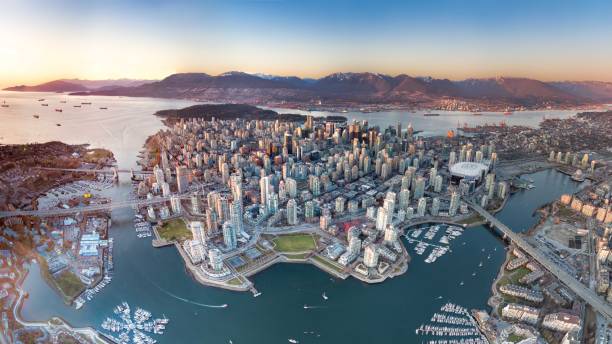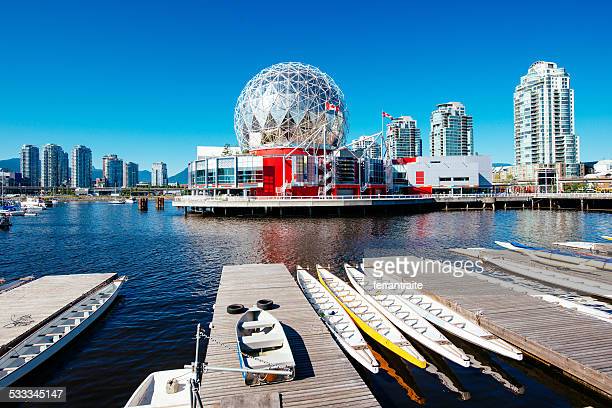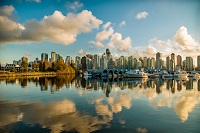Venue & Hospitality
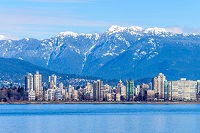
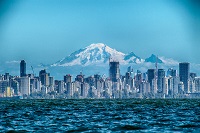
City Highlights
About City
The region had long been inhabited by several Native American (First Nations) peoples when a trading post, Fort Langley, was set up by the Hudson’s Bay Company in 1827 near the mouth of the Fraser River. Few people of European descent lived in the area until the late 1850s, when the town of New Westminster (now a suburb of Vancouver) was established near the site of the original fort (in 1839 the fort itself had been relocated a little farther upstream). Thousands of miners, mostly from California, flooded into the region in the 1860s, attracted by the gold rush in the Caribou Mountains to the northeast. Besides the Scottish, who was very influential in Vancouver’s early years, Americans had a notable impact on the city. The suggestion to name it Vancouver was made by an American, William Van Horne, president of the Canadian Pacific Railway. And the city’s most-often elected mayor (nine non-consecutive terms from 1919 to 1933), L.D. Taylor, was originally from the United States. Moreover, the first important industry in the area, a sawmill on Bernard Inlet, was owned by an American. Finally, the first major industry not reliant on local natural resources, a still-active sugar refinery, was started by an American.
Venue
Zurich, switzerland

